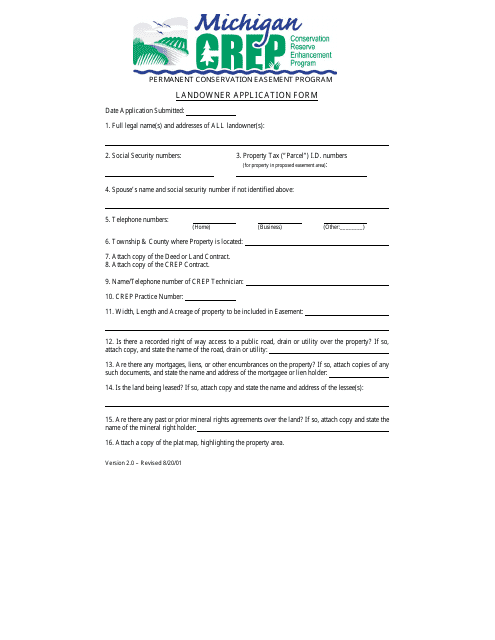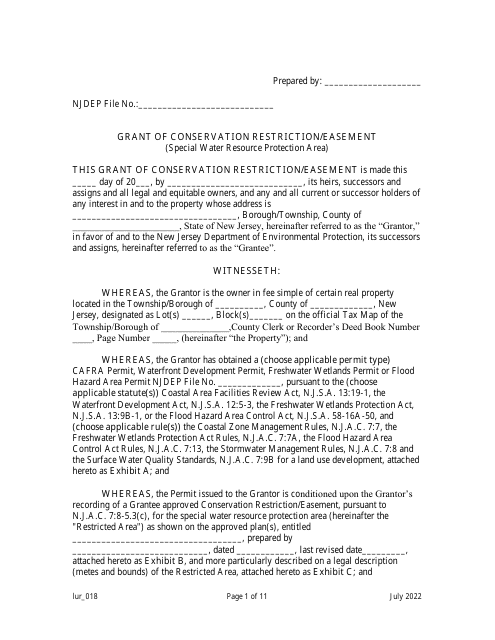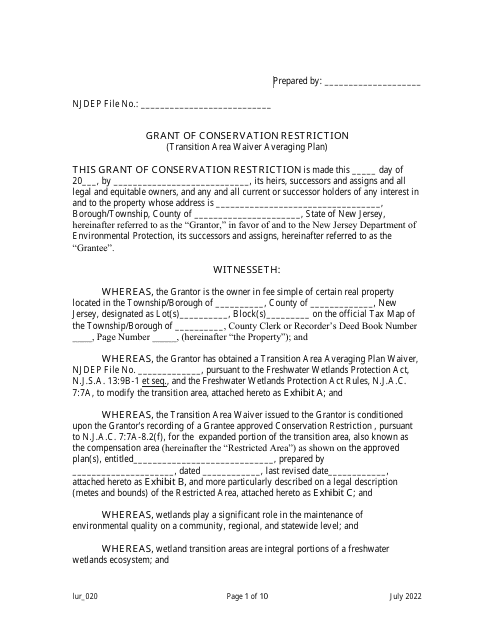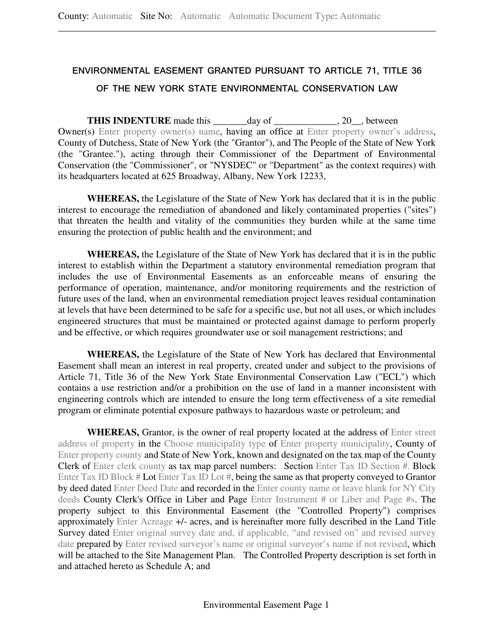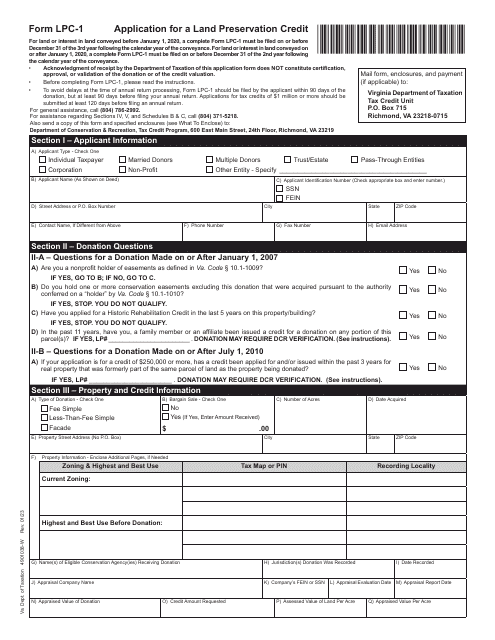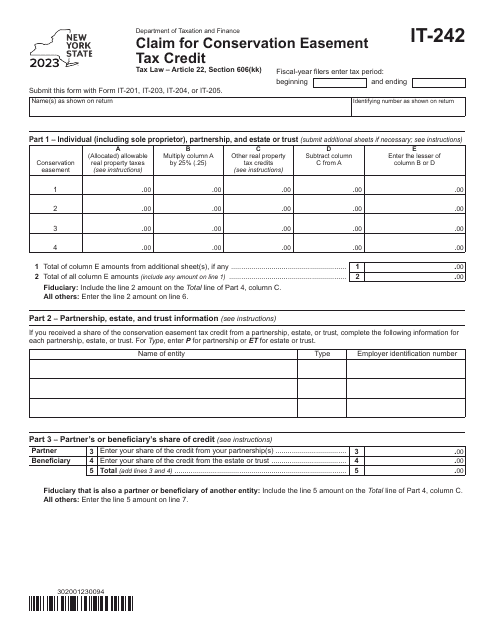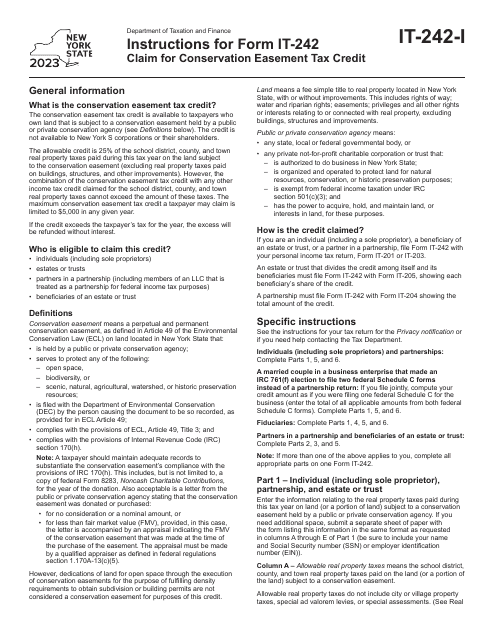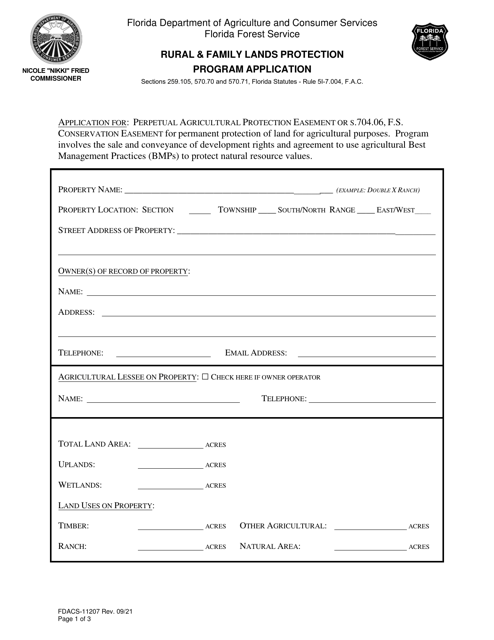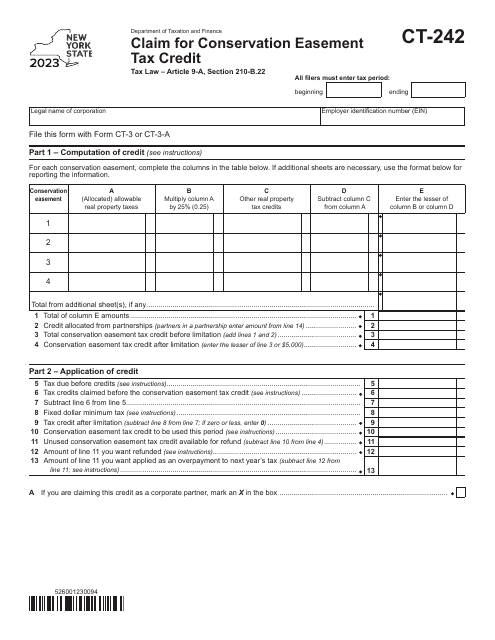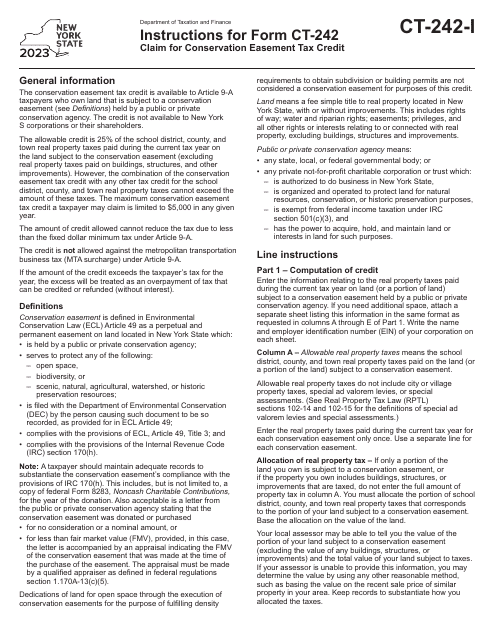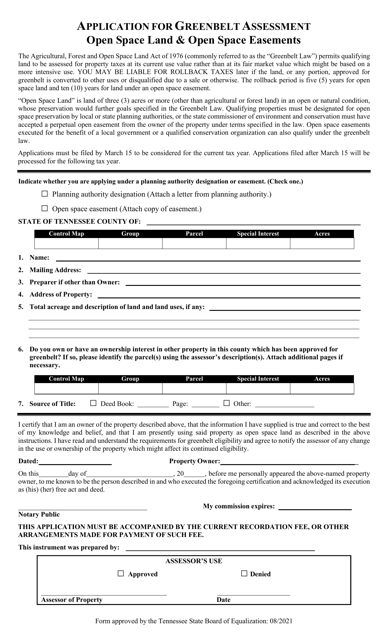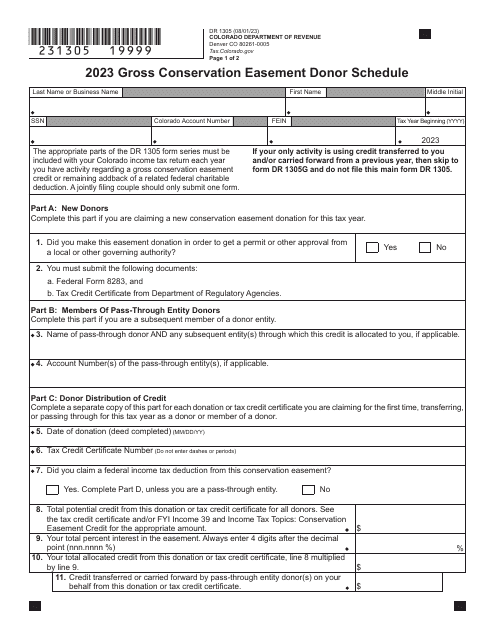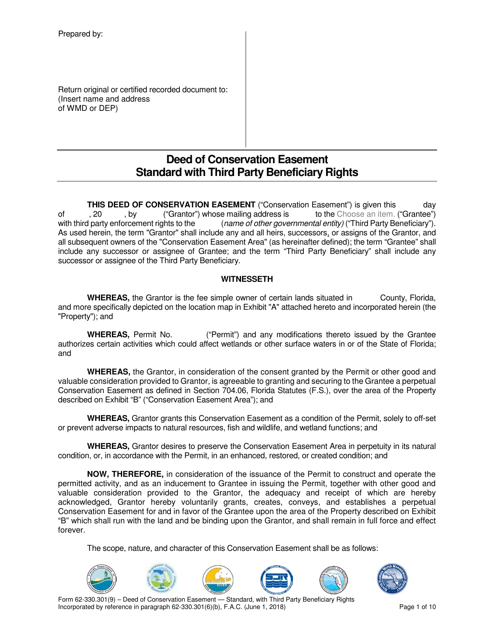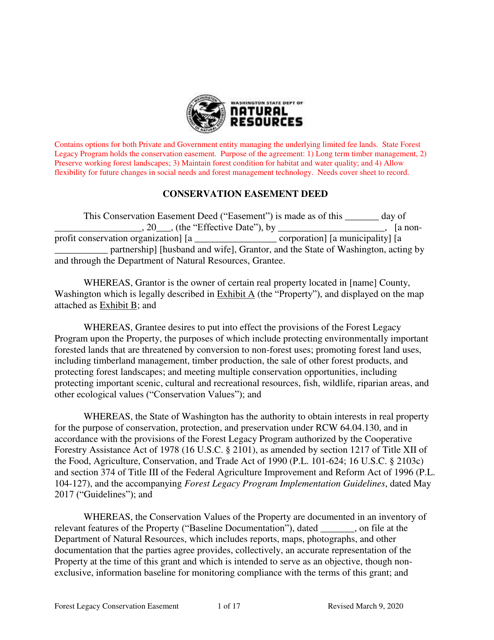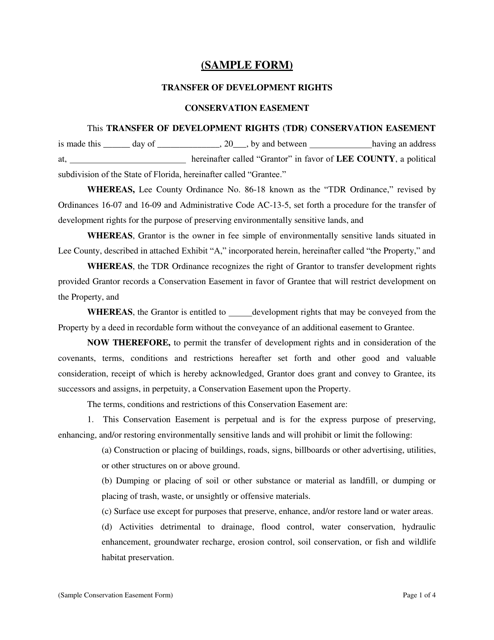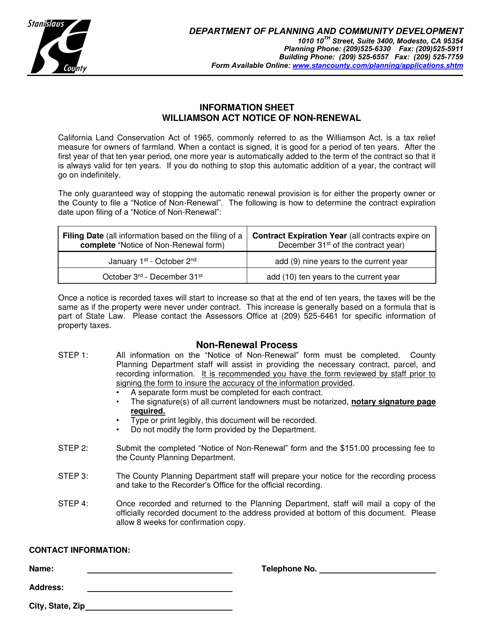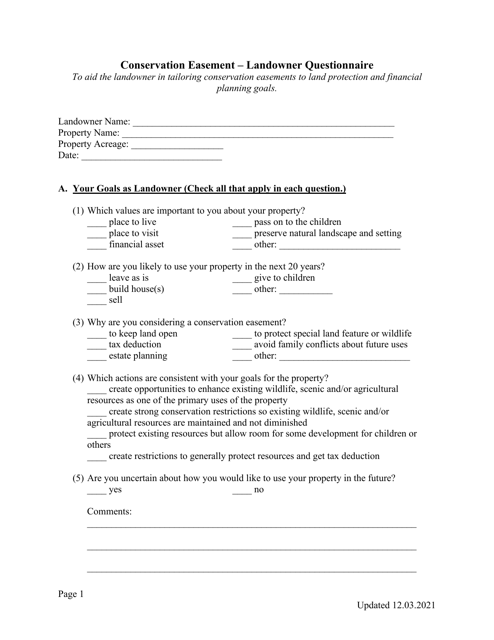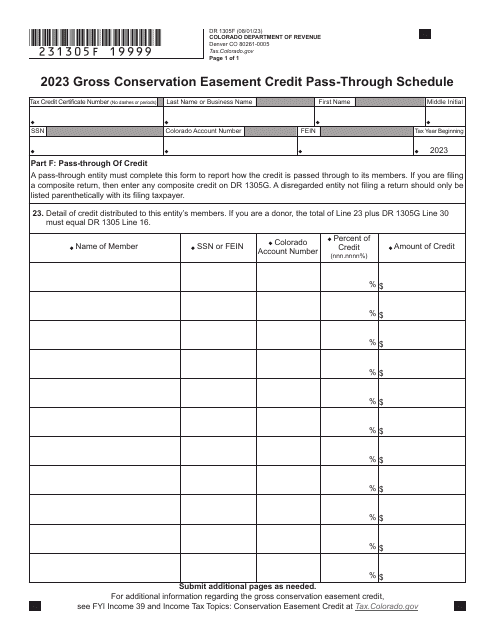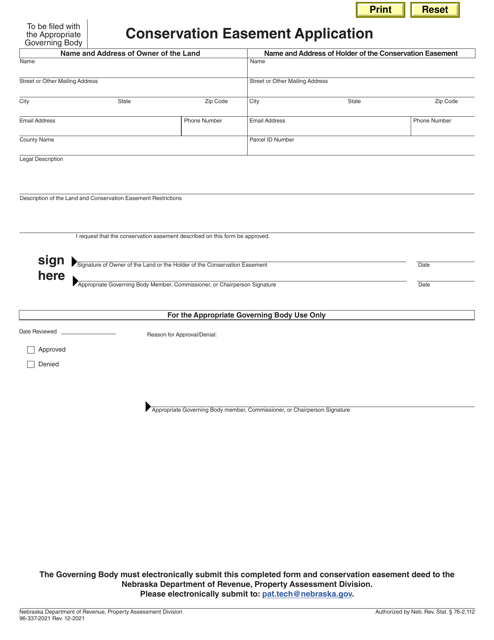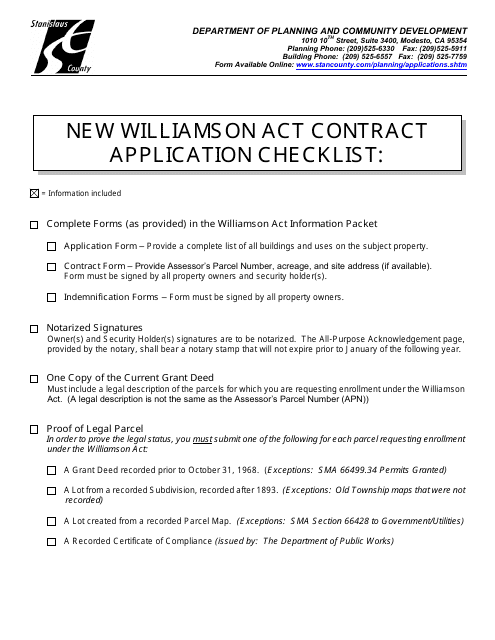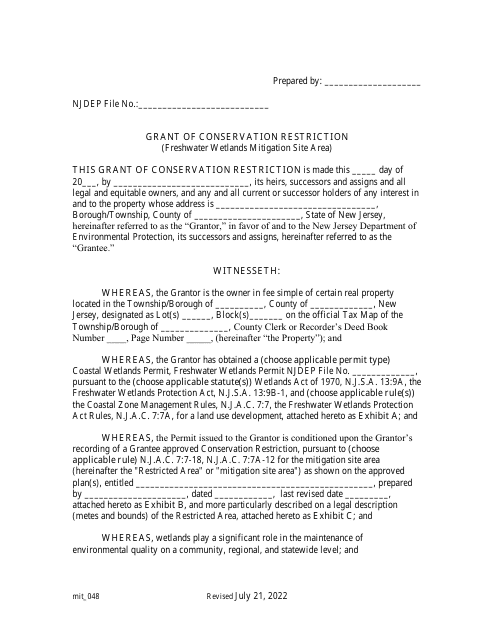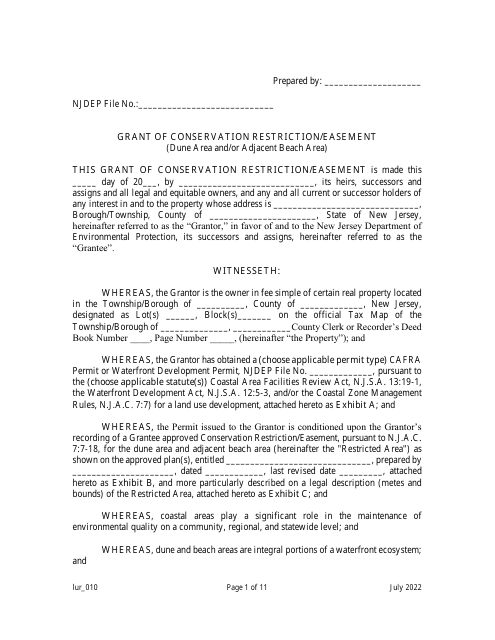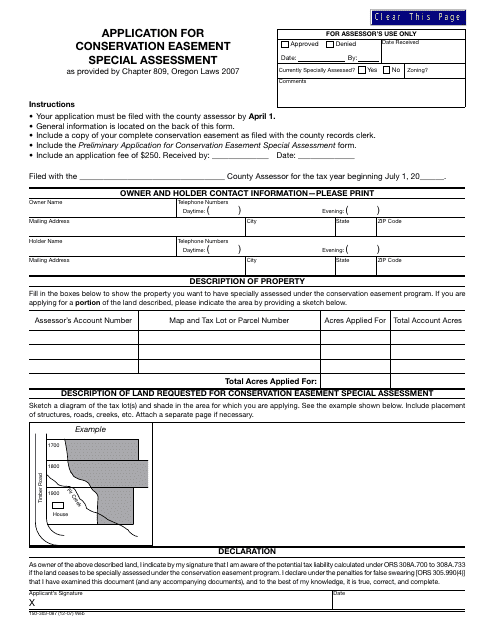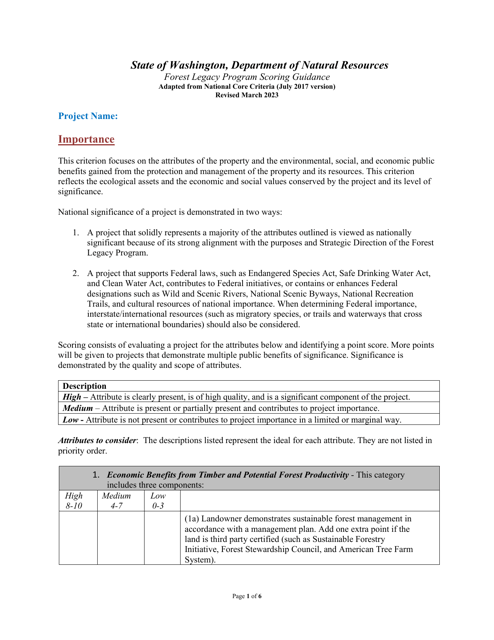Conservation Easement Templates
Welcome to our webpage dedicated to conservation easements, also known as conservation restrictions. Conservation easements are legal agreements that are put in place to protect and preserve natural ecosystems, critical habitats, and historic properties for future generations.
Conservation easements are essential tools for landowners who want to ensure the long-term conservation of their property, while still retaining ownership and certain use rights. By voluntarily entering into a conservation easement, landowners can limit development, maintain agricultural practices, and protect valuable natural resources on their property.
At Templateroller.com, we understand the importance of conserving our environment and preserving our rich heritage. Our team of experts is dedicated to helping landowners navigate the process of establishing conservation easements and maximizing the benefits they provide.
Whether you own a special water resourceprotection area in New Jersey or a dune area and/or adjacent beach area, our experienced professionals can assist you in drafting the necessary grant of conservation restriction/easement. We can also help you with the paperwork required for various tax credits, such as the Form CT-242 Claim for Conservation Easement Tax Credit in New York or the Form DR1305 Gross Conservation Easement Donor Schedule in Colorado.
If you are passionate about protecting critical habitat for state-listed threatened or endangered species, we have the expertise to guide you through the application process for conservation easements under the Rivers and Habitat Open Space Program in Washington.
At Templateroller.com, we are committed to preserving our natural resources and cultural heritage. Contact us today to learn more about how conservation easements can benefit you and future generations.
Documents:
42
This form is used for the certification of continued qualification for the conservation easement special assessment in Oregon.
This Form is used for applying for an exemption on a Conservation Easement Agreement in certain towns in New York.
This Form is used for landowners who want to apply for the Permanent Conservation Easement Program in Michigan.
This document provides a template for creating an environmental easement in the state of New York. An environmental easement is a legal agreement that restricts certain activities on a property to protect the environment.
This Form is used for creating a deed of conservation easement in Florida that includes third party beneficiary rights. It allows landowners to voluntarily restrict certain uses of their property to protect conservation values.
This document is used for establishing a conservation easement on forest lands in Washington state to protect and preserve their natural resources and ecological value.
This document is used for transferring development rights through a conservation easement in Lee County, Florida.
This document is a notice informing parties involved about the non-renewal of a land conservation contract in Stanislaus County, California.
This document is a questionnaire for landowners in Michigan who are interested in establishing a conservation easement on their property. It helps gather information about the land and the landowner's goals for conservation.
This form is used for applying for conservation easements on critical habitat for state-listed threatened or endangered species in Washington state through the Rivers and Habitat Open Space Program.
This document is used for applying for a conservation easement in Nebraska. A conservation easement is a legal agreement between a landowner and a land trust or government agency that permanently limits uses of the land to protect its conservation values.
This form is used for applying for a new Williamson Act contract in Stanislaus County, California. The Williamson Act is a state law that provides property tax reductions for agricultural land in exchange for longer-term commitments to maintain the land for agricultural purposes.
This document grants a conservation restriction for a freshwater wetlands mitigation site area in New Jersey.
This form is used for applying for a special assessment for conservation easements in Oregon.
This document provides scoring guidance for the Forest Legacy Program in Washington state. It outlines the criteria used to evaluate and score proposed projects for conservation and acquisition of forested lands.

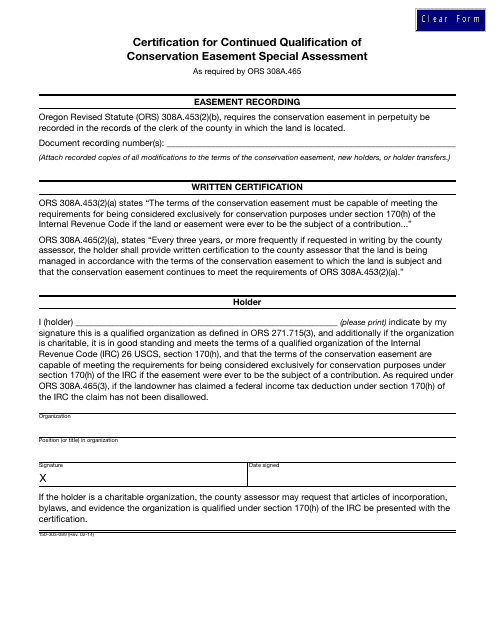
![Form RP-491 [ELMA] Application for Conservation Easement Agreement Exemption. Certain Towns - New York](https://data.templateroller.com/pdf_docs_html/1733/17339/1733932/form-rp-491-elma-application-conservation-easement-agreement-exemption-certain-towns-new-york_big.png)
